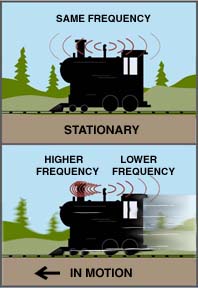A train whistle is an everyday example of a Doppler shift.
Click on image for full size
The Doppler Effect
The Doppler effect was named after Christian Doppler, who first came up with the idea in 1842. He learned that sound waves would have a higher frequency if the source was moving toward the observer and a lower freqency if the source was moving away from the observer.
A commonly used example of the Doppler effect is a train. When a train is approaching, the whistle has a higher pitch than normal. You can hear the change in pitch as the train passes. The same is true with sirens on police cars and the engines of race cars.
One way to visualize the Doppler effect is to think of sound waves as pulses emitted at regular intervals. Imagine that each time you take a step, you emit a pulse. Each pulse in front of you would be a step closer than if you were standing still and each pulse behind you would be a step further apart. In other words, the frequency of the pulses in front of you is higher than normal and the frequency of the pulses behind you is lower than normal.
The Doppler effect doesn't just apply to sound. It works with all types of waves, which includes light. Edwin Hubble used the Doppler effect to determine that the universe is expanding. Hubble found that the light from distant galaxies was shifted toward lower frequencies, to the red end of the spectrum. This is known as a red Doppler shift, or a red-shift. If the galaxies were moving toward Hubble, the light would have been blue-shifted.
Doppler radars also help meteorologists learn about possible tornadoes.
You might also be interested in:

How did life evolve on Earth? The answer to this question can help us understand our past and prepare for our future. Although evolution provides credible and reliable answers, polls show that many people turn away from science, seeking other explanations with which they are more comfortable.
...more
Christian Doppler was an Austrian mathematician who lived between 1803-1853. He is known for the principle he first proposed in Concerning the coloured light of double stars in 1842. This principle is
...more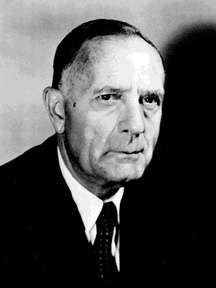
Edwin Hubble was an American astronomer who lived between 1889-1953. His observations of galaxies helped him develop the idea of an expanding universe, which forms the basis of modern cosmology, the study
...more
Tornadoes form from severe thunderstorms. They have a very high energy density which means that they affect a small area but are very destructive to that area. They also don't last very long which makes
...more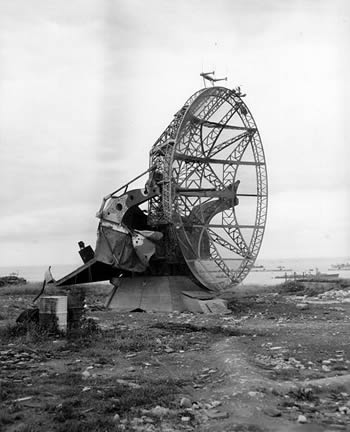
People understood the concept of radar long before scientists first built a radar system. In the late 1930's all of the countries involved in World War II rushed to create better radar systems to use in
...more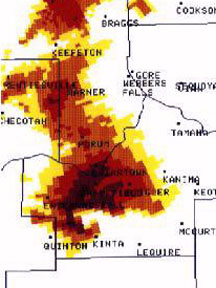
Wind does not have an effect on radio waves. Radio waves have a long wavelength. Wind cannot affect radio waves because the air particles associated with wind are far too small for the radio wave to bounce
...more
Sound travels in waves. You hear sound because waves hit your ear. Sound waves are similar to ocean waves. They both have a certain frequency. The frequency is measured in hertz, which is one cycle per
...more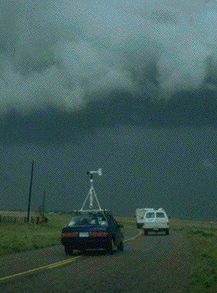
Storm chasers are different than storm spotters. Chasers travel around Tornado Alley looking for severe storms and tornadoes. This area in the Great Plains is the best for chasing because of the frequency
...more


